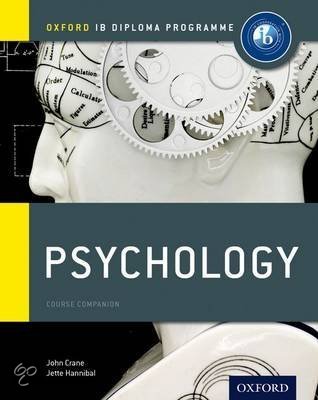Class notes
IB Psychology Biological Approach SAQs fully written
- Course
- Institution
- Book
All the biological approach SAQs are written out. Also includes potential SAQ questions eg. Explain one technique used to study the brain in relation to behaviour. All the SAQs have been marked and graded above 7/9 marks.
[Show more]




